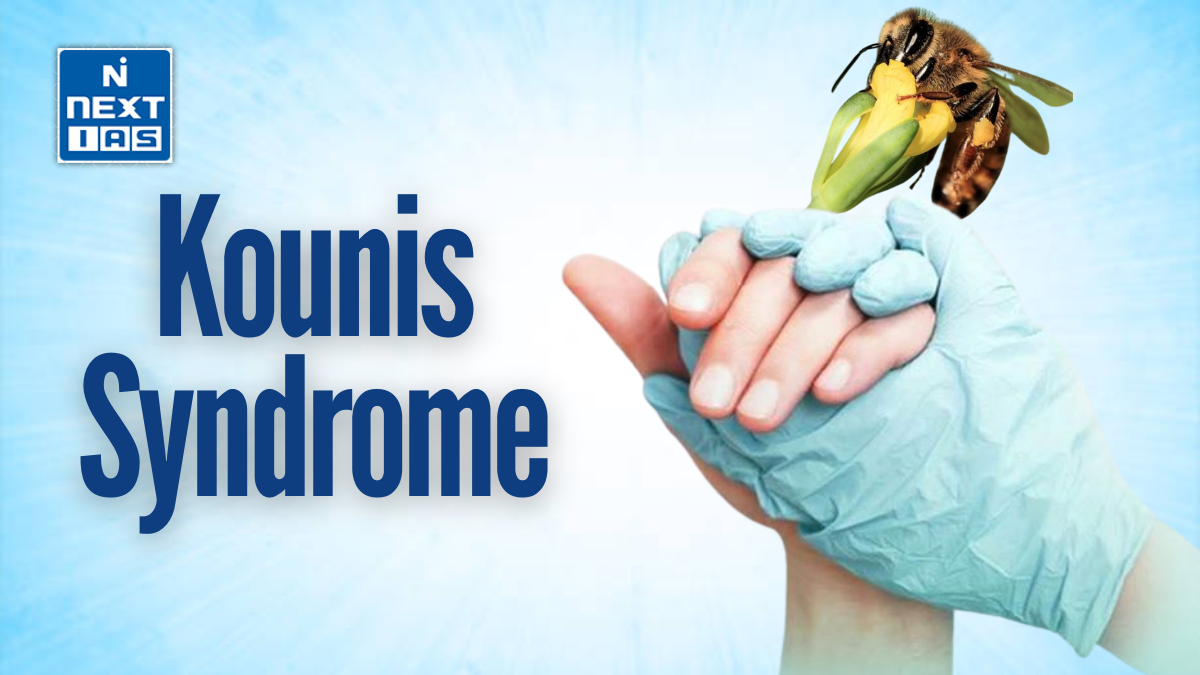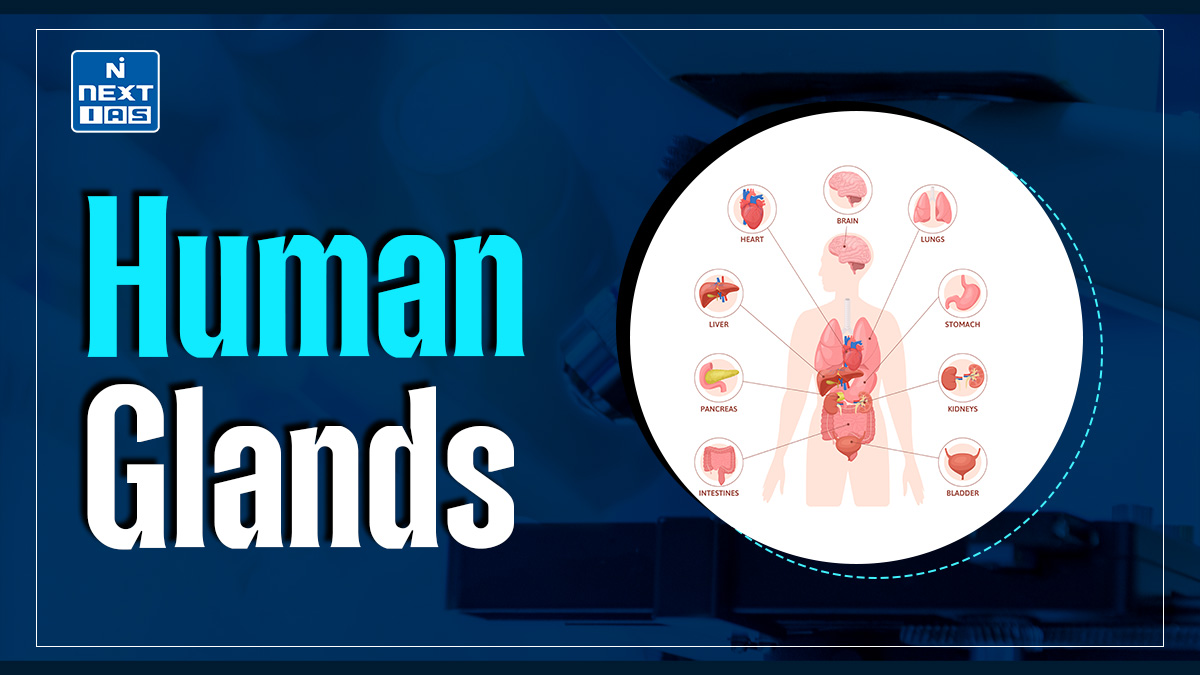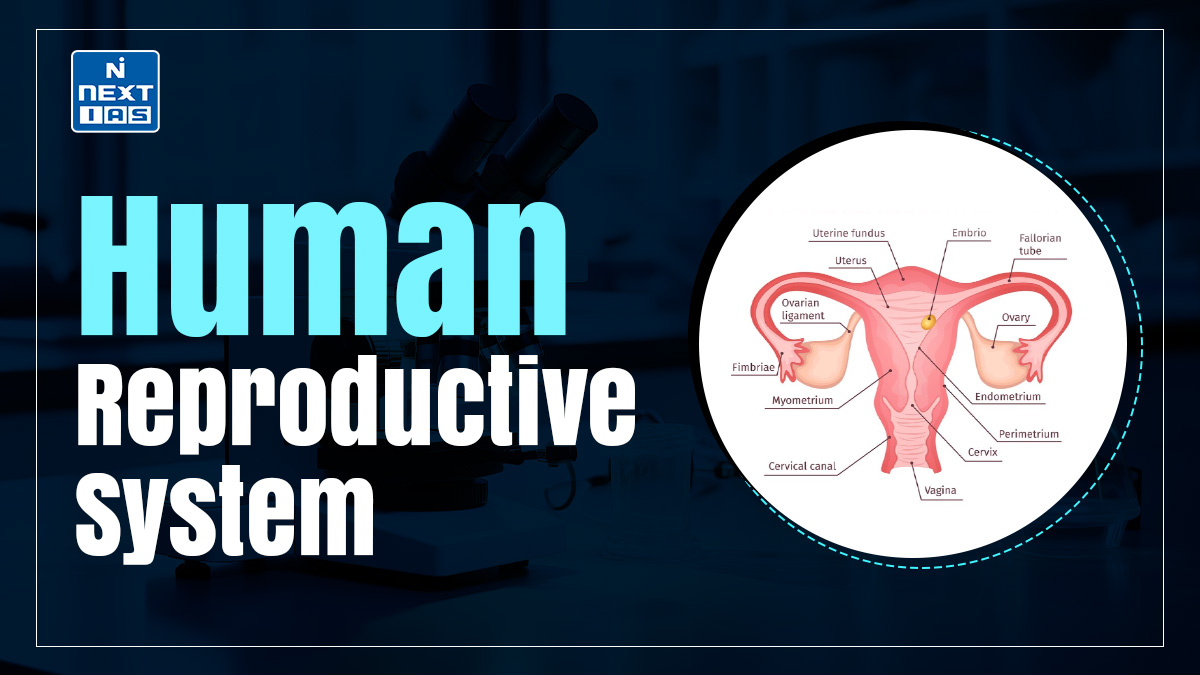
Cloning is a technique that creates genetically identical copies of organisms, cells, or DNA. Notable for cloning Dolly the sheep in 1996, it raises ethical questions about cloning humans and complex organisms. Despite concerns, it is a valuable tool in biotechnology, enhancing research in genetics and regenerative medicine.
What is Cloning?
- Cloning means an exact copy of something. This can refer not only to whole organisms or cells but also to molecules such as DNA. In sequencing work, small pieces of DNA are stitched into carrier molecules (vectors) that can be copied many times in bacteria or cells. Each copy is called a clone.
- The cloned entity shares the same genetic material as the original.
- Reproductive cloning involves the creation of individuals that contain identical sets of nuclear genetic material (DNA). To have complete genetic identity, clones must have not only the same nuclear genes, but also the same mitochondrial genes.
- Cloned individuals, whether born at the same or different times, will not be physically or behaviorally identical with each other at comparable ages.
Types of Cloning
Reproductive Cloning
- Creates a genetically identical organism.
- Example: Dolly the sheep (1996).
- Used in agriculture and conservation to reproduce desired traits.
Therapeutic Cloning
- Focuses on producing stem cells for medical treatment.
- Example: Cloning human embryos to generate tissue or organs for transplants.
Gene Cloning (Molecular Cloning)
- Involves copying specific genes or DNA segments.
- Widely used in research, gene therapy, and biotechnology.
Embryo Cloning (Artificial Twinning)
- Mimics natural identical twinning by splitting a fertilized embryo.
- Produces genetically identical embryos.
Advantages of Cloning
- Gene cloning allows for making a large number of copies of the desired gene in a matter of a few hours.
- The cloned gene can be used for DNA sequencing studies.
- For the production of large quantities of a desired protein by cloning into an expression vector.
- To cure disease using gene therapy.
- Gene therapy replaces a faulty gene or adds a new gene in an attempt to cure disease or improve the body’s ability to fight disease.
- Gene therapy holds promise for treating a wide range of diseases, such as cancer, cystic fibrosis, heart disease, diabetes, hemophilia and AIDS.
- Gene cloning has been used to transfer nitrogen fixing genes of bacteria into food crops to boost food production without using expensive fertilizers.
Disadvantages of Cloning
- High Failure Rate
- Most cloning attempts fail, with low success rates during the developmental stage.
- Health Issues
- Clones often suffer from premature aging, genetic abnormalities, immune deficiencies, and shorter lifespans (e.g., Dolly the sheep).
- Ethical Concerns
- Cloning raises debates about interfering with nature, animal welfare, and the potential for human cloning misuse.
- Biodiversity Reduction
- Cloning could limit genetic diversity, making populations more vulnerable to diseases and environmental changes.
- Expensive and Time-Consuming
- Cloning processes are costly, complex, and labor-intensive, limiting their widespread use.
- Social and Psychological Issues
- Human cloning, if pursued, could raise identity and psychological challenges for the clone.
- Environmental Risks
- Large-scale animal cloning could disrupt ecosystems and introduce unforeseen risks.
Human Cloning and Ethical Dilemma
- The possibility of human cloning has long fired the popular imagination, including in the world of popular entertainment. Dolly gave added impetus to talk and concern about human cloning. The cloning debate involves scientists, legislators, religious leaders, philosophers and international organizations, but not always harmoniously. General agreement, if not absolute unanimity, evolved that human “reproductive” cloning, for the purposes of producing a human genetic-copy baby, is unethical.
Reasons behind this are:
- The high failure rates (more than 90 per cent) and high morbidity of animal cloning strongly suggests its inapplicability to humans. Furthermore, cloned animals seem to suffer high deformity and disability rates.
- Many people think that these clones will have the same characteristics / personalities as the person cloned.
- According to Religion, cloning is “playing the God” – cloning is not “natural” mention in closing some of the conditions proposed in a provisional list yet, so research on therapeutic human cloning should be stopped.
- Its primary purpose is to create children of a certain kind makes cloning morally troubling. In this respect, it is similar to other forms of genetic engineering by which parents seek to choose the traits of their children—sex, eye color, perhaps one day even their intellectual attributes, athletic prowess, and musical ability.
Some Examples of Cloning
- Dolly the Sheep (1996): First mammal cloned from an adult somatic cell using SCNT (Somatic Cell Nuclear Transfer).
- Cc the Cat (2001): First cloned pet, with different fur patterns than the original cat.
- Zhong Zhong and Hua Hua (2018): First cloned macaque monkeys, advancing research on human diseases.
- Snuppy the Dog (2005): First cloned dog, paving the way for pet cloning.
- Retro the Monkey (2024): Newest cloned primate, showcasing developments in cloning technology.
Way Forward
Enhancing cloning techniques like SCNT and gene editing can improve success rates and safety. Therapeutic cloning offers potential treatments for diseases such as Parkinson’s and Alzheimer’s. Ethical frameworks are essential to regulate cloning responsibly. Cloning can aid in species conservation, while public engagement and policy frameworks are key for addressing concerns and informed governance.
Conclusion
Cloning holds great potential for medicine, conservation, and research but faces technical, ethical, and regulatory challenges. Advances in therapeutic cloning may lead to breakthroughs in disease treatment, while reproductive cloning could aid biodiversity efforts. However, responsible governance, public engagement, and ethical frameworks are essential to balance innovation with societal concerns, ensuring safe and beneficial outcomes.
GS - 3





